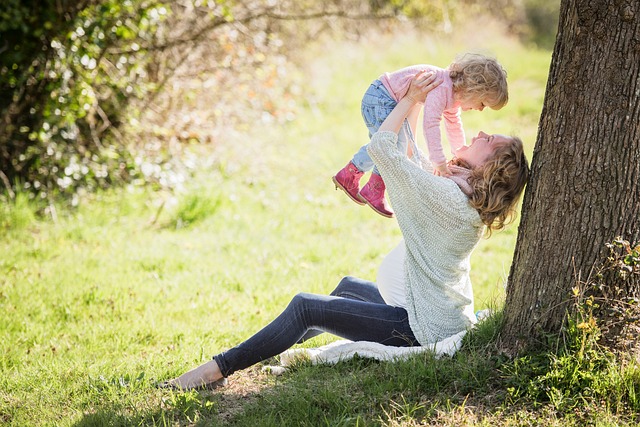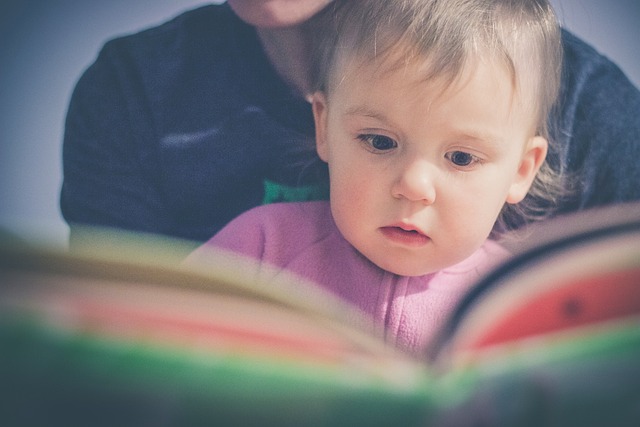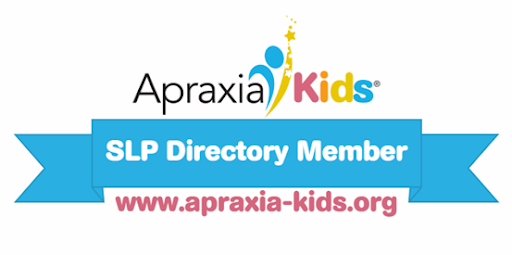
The Importance of Carryover Activities
What is a carryover activity? A carryover activity takes the skills we are targeting in our speech therapy session and carries them into the client’s environment. Applying the skills learned within speech sessions into different environments can help to broaden the client’s understanding of concepts. Additionally, the use of a carryover activities multiple times per week allows for additional practice of the targeted skill. There are several types of carryover activities that can be used to target skills, a couple of my favorites include picture scenes, I spy, and read aloud. For more information about carryover activities and fun activities check out ASHA’s publication https://leader.pubs.asha.org/do/10.1044/scaling-the-carryover-wall/full/











